Carpet
Carpeting adds comfort and warmth to any room in the house. There are many options to choose from in selecting carpet flooring. Cost and color are important factors as well as understanding construction and style attributes.
Get inspired! Use our room visualizer (icon on bottom right) to see today's innovative flooring products in your home.
Why Choose Carpet Flooring?
- Supreme Comfort & Softness — Carpet offers plush, cushioned comfort underfoot, making it a cozy choice for bedrooms and family spaces.
- Affordable & Budget-Friendly — Generally less expensive to install than hardwood or tile; cost-effective flooring option.
- Enhanced Safety & Sound Dampening — Cushioned surface reduces risk of slips and softens falls; insulating quality reduces noise and keeps rooms quiet.
- Wide Style Variety — Comes in countless colors, textures, and patterns to match any décor and define space with subtle accents.
Come visit our Lakewood Ranch or Sarasota showroom to see all of today's best options or call us to schedule your free flooring estimate and shop at home!
Room-by-Room Benefits
| Room | Why Carpet Works |
|---|---|
| Bedrooms | Luxuriously soft, warm, and cozy—ideal for morning bare feet |
| Living & Family Rooms | Absorbs sound, perfect for gatherings and relaxed vibes |
| Home Offices | Minimizes floor noise—ideal for focused work or virtual meetings |



Contact Us Today
Request a Free Estimate
Frequently Asked Questions (FAQs)
FAQs
Maintenance

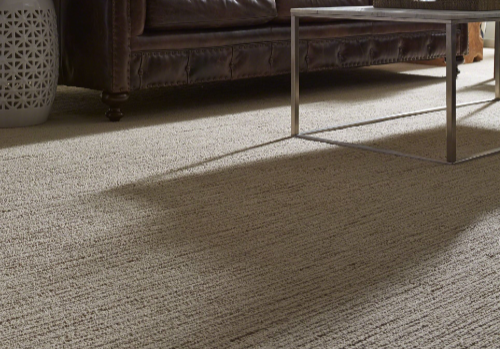
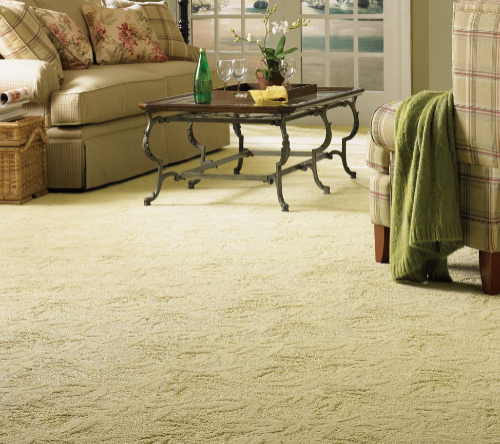
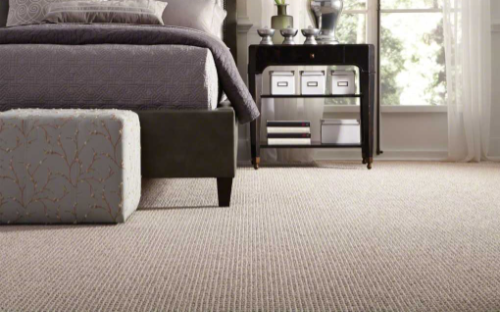
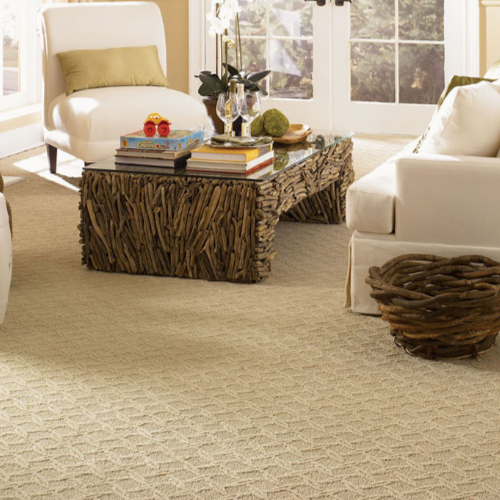
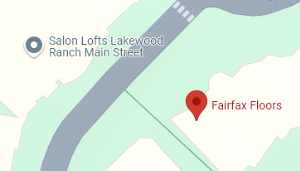
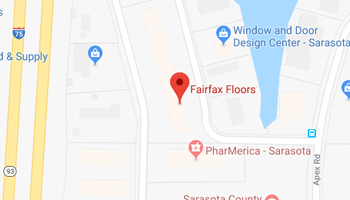




 NO TARIFF INVENTORY SALE!
NO TARIFF INVENTORY SALE!